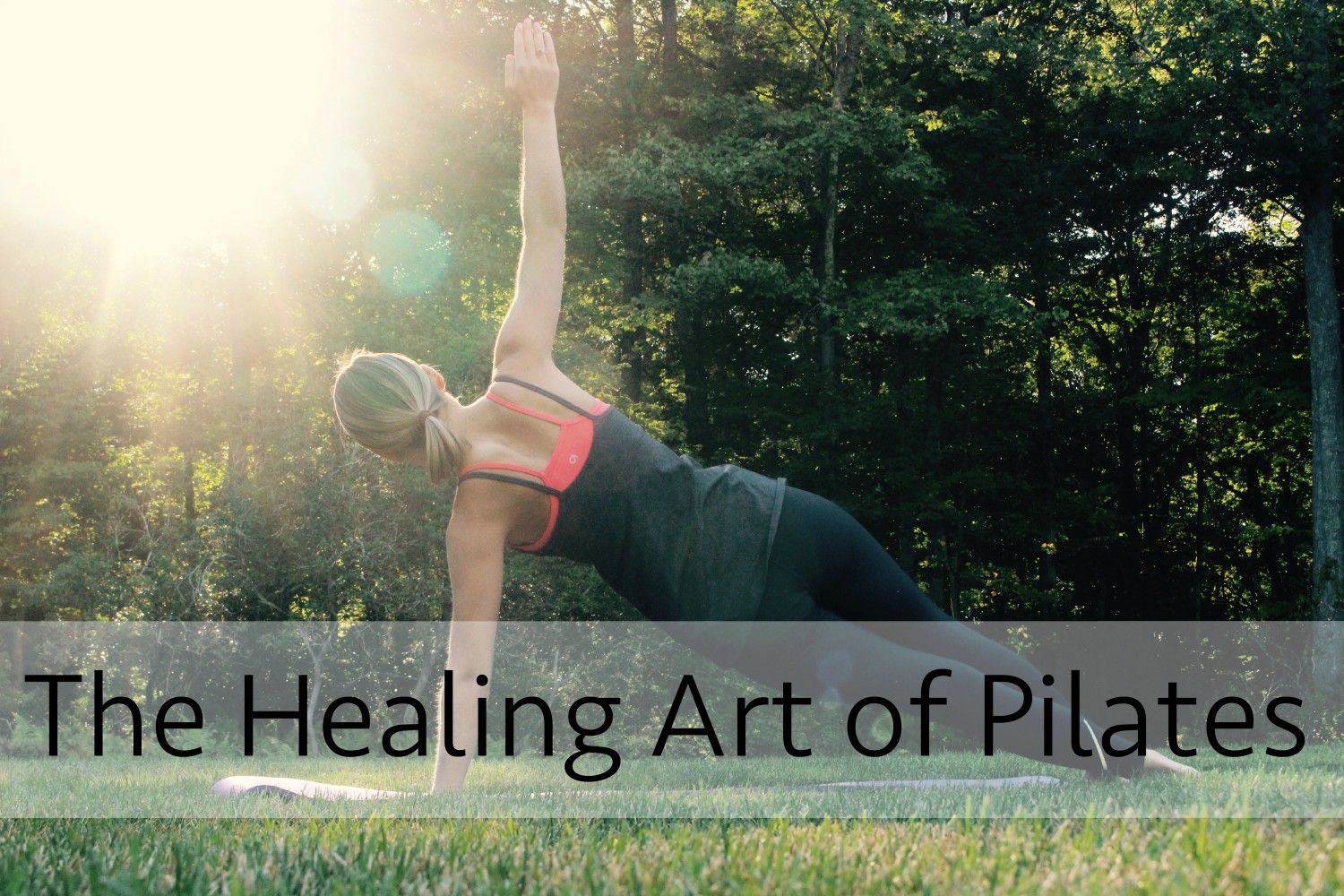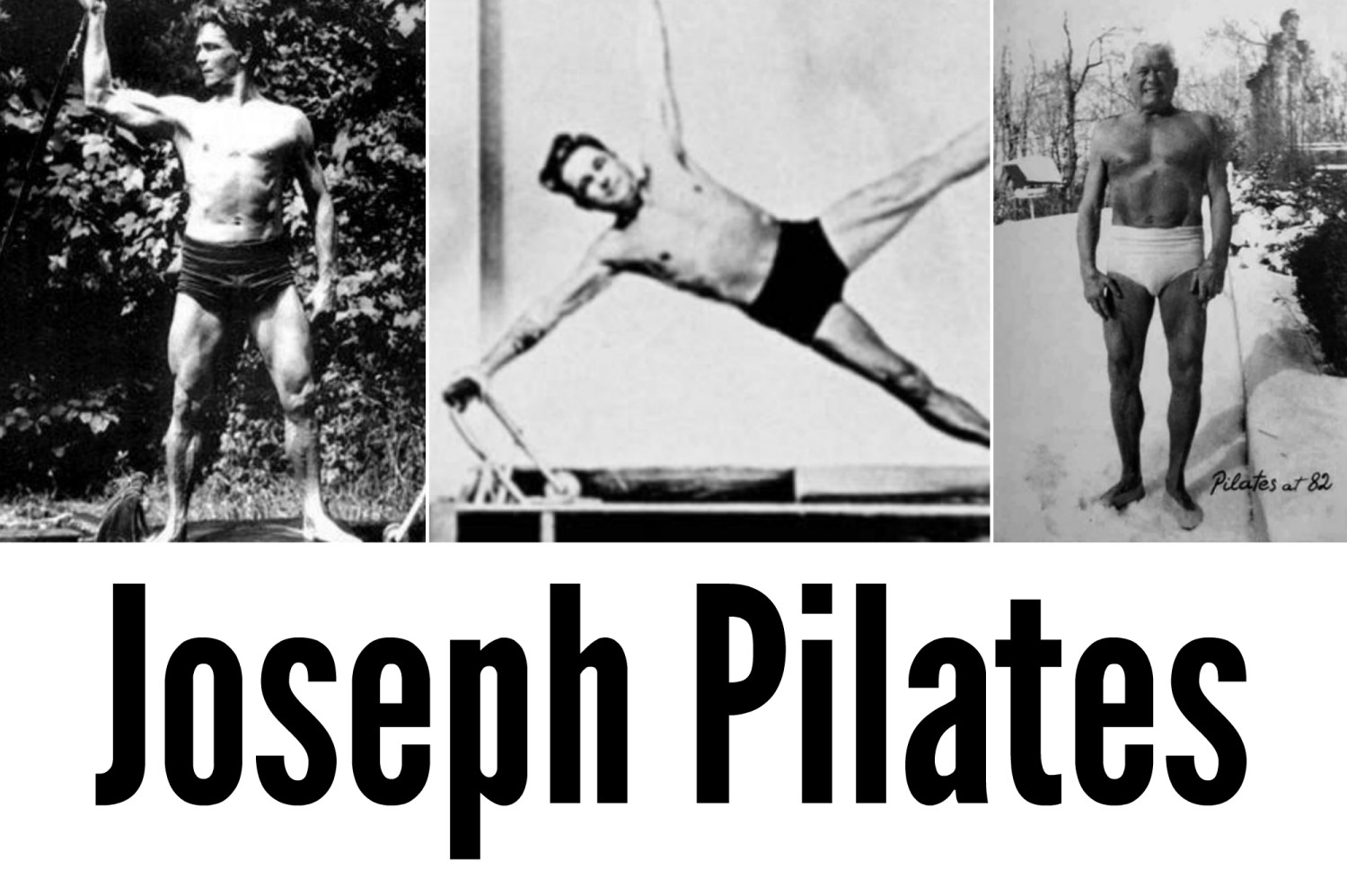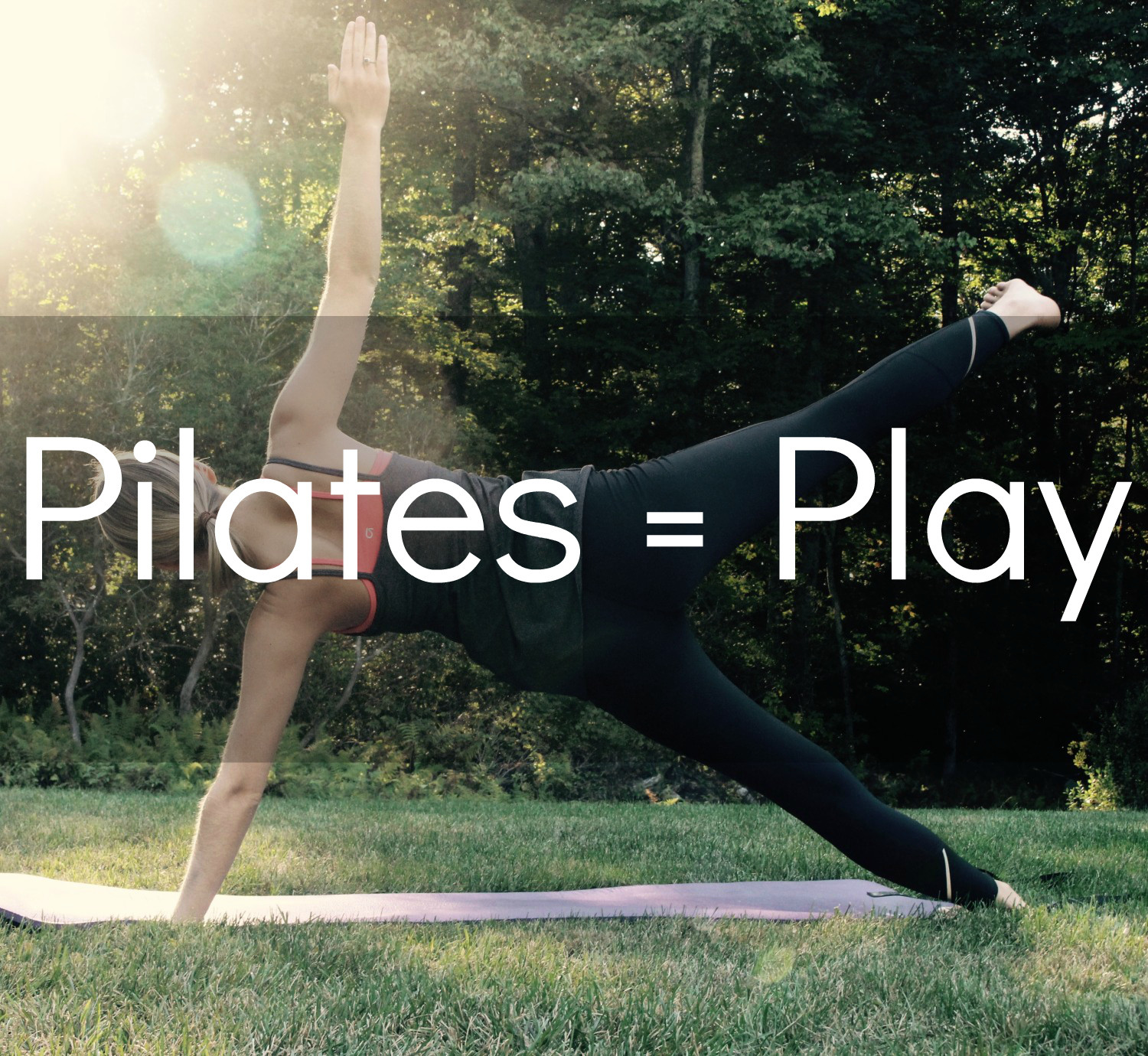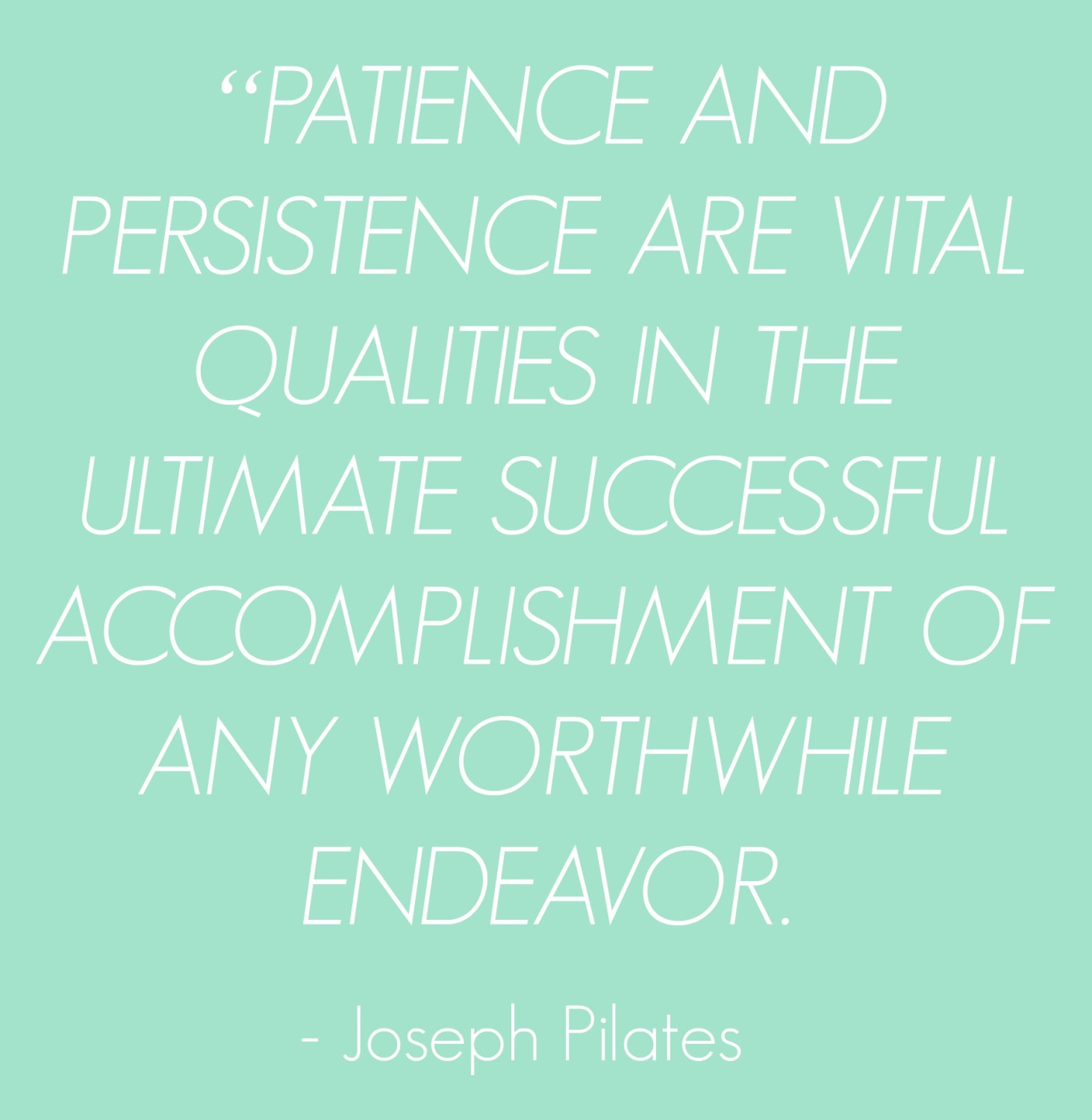
Much like real food, movement, especially in the form of pilates, has been a huge component of my healing journey from chronic Lyme Disease. Though it was something that I began even before I was sick, it has been during the many years of striving to regain my health that I have found Pilates to be helpful down to my very bone. It doesn’t matter what the circumstances, Pilates allows me to reconnect, relieve tension, be faced with a challenge yet have fun, and ultimately feel better in my own skin.
Where it All Began
 It all began In the 1900’s with Joseph Pilates, a German man who “turned to exercise and athletics to battle” the physical ailments that plagued him since his childhood. As a young boy, Joseph studied various anatomy books, intently watched how different animals moved with grace yet precision, and used the greek philosophy of man being balanced in his body, mind, and spirit, to create his own set of movements that did just that. This personalized exercise system allowed him to grow from a frail young boy into a strong man, so much so, that he later became Scotland Yard’s self-defense instructor for detectives in England. He then became a German “enemy alien” in World War I, which is where he ultimately refined his movements for what is now termed as “Pilates.” Funny enough, he actually “rigged springs to hospital beds,” which then allowed “bedridden patients to exercise against resistance, an innovation that led to his later equipment designs.” An example of one of these machines is the Pilates reformer, which is pictured in the middle image above. Fast forward to 1926, after Joe’s exercise method had become so popular in Germany that he actually immigrated to America, and more specifically, to New York, where he and his wife had a fitness studio. Many of the individuals from the New York City Ballet attended his studio, while outside of New York, his popularity spread quickly. Even after Joe died, Pilates continued to grow, and in the 1970’s, many celebrities jumped on the bandwagon. Now in days, not only is it in the “mainstream,” but it is also a key component for world renown, elite athlete’s training (those in the NFL, NBA, MLB, MLS, NHL, and Olympics).
It all began In the 1900’s with Joseph Pilates, a German man who “turned to exercise and athletics to battle” the physical ailments that plagued him since his childhood. As a young boy, Joseph studied various anatomy books, intently watched how different animals moved with grace yet precision, and used the greek philosophy of man being balanced in his body, mind, and spirit, to create his own set of movements that did just that. This personalized exercise system allowed him to grow from a frail young boy into a strong man, so much so, that he later became Scotland Yard’s self-defense instructor for detectives in England. He then became a German “enemy alien” in World War I, which is where he ultimately refined his movements for what is now termed as “Pilates.” Funny enough, he actually “rigged springs to hospital beds,” which then allowed “bedridden patients to exercise against resistance, an innovation that led to his later equipment designs.” An example of one of these machines is the Pilates reformer, which is pictured in the middle image above. Fast forward to 1926, after Joe’s exercise method had become so popular in Germany that he actually immigrated to America, and more specifically, to New York, where he and his wife had a fitness studio. Many of the individuals from the New York City Ballet attended his studio, while outside of New York, his popularity spread quickly. Even after Joe died, Pilates continued to grow, and in the 1970’s, many celebrities jumped on the bandwagon. Now in days, not only is it in the “mainstream,” but it is also a key component for world renown, elite athlete’s training (those in the NFL, NBA, MLB, MLS, NHL, and Olympics).
Yes, Pilates is quite legit, so much so that it benefits both those recovering from health complications like myself, and those looking to be the best athlete in the world. This is an aspect of pilates that cannot be said for many other exercise regimens, as they typically prove to be too stressful on the body, thus causing them to either hinder one’s healing process or are unable to be continued into one’s old age. Yet not Pilates, as the young Joseph himself used it to heal from “asthma, rickets, and rheumatic fever.” Pilates produces strength, length, and flexibility, all of which are cannot be truly obtained through anything but depth, breadth, and relaxation in your workout. It may sound counter intuitive, as we have been taught that “pain is gain” or that you have to work your body to the ground to ever get the shapely form that you want. Yet this is the furthest thing from the truth, and can be detrimental to your health later on in life. You want your joints to last a long time, that’s why you exercise, take fish oil, or even take Vibes CBD oil to help keep them supple. But all that can be undone just by pushing yourself when in pain during exercise. Professional athletes have had entire careers wiped because they did one more push while hurting.
Pilates is not about forcing our bodies into motion, as this will result in little benefits and true physical fitness. As Joseph Pilates once said, “ideally our muscles should obey our will. Reasonably, our will should not be dominated by the reflex actions of our muscles.”. Pilates is a system that focuses on using the mind to connect and move the body without any tension or pain, strengthening our body down to its very core (no pun intended).
Breath in, Breath out
Without getting too technical, one of the most obvious reasons why Pilates is so beneficial to the body, is due its foundation being based on diaphragm breathing. Before you begin learning any of the movements, mastering this technique is very important, as it will later be brought with you into the more intense exercises. While diaphragm breathing is typically overlooked by the busy society that we live in, the benefits associated with this way of breathing are something that every individual needs. Long, deep breaths are shown to activate the parasympathetic nervous system, which is part of the autonomic nervous system, and ultimately responsible for involuntary actions of our body (the GI tract, heart, and various glands). This causes the deep breathing in Pilates to inevitably be related to relief of muscle tension, stress, simultaneously connecting the mind and body. Other benefits include increase of oxygen flow throughout the body, concentration improvement, strengthening of the lungs, and increases blood flow to muscles. Due to the relationship between emotions and breathing, the quality breaths used throughout Pilates are also beneficial to our mental well-being, as various types of respiration patters are actually linked directly to different emotions that we express. We can all probably think back on a time that we were anxious, scared, happy, or excited. How did your breathing vary throughout these situations? When anxiety or stress is high, our breath tends to be shallow and quick, yet when when we are happy, our body is able to open up and breath fully, even when we don’t even realize it. Due to this strong link between mood and breathing, Pilates is able to stable one’s emotional and mental state of mind, while also preparing the body for future events that may be stressful, as it teaches you how to carry on with diaphragm breathing even outside of the studio or workout. I personally have found that when my body is being put through stressful situations, whether it be a busy week or simply flying in an airplane, focusing on taking deep breaths eliminates large portion of tension and resulting body ache that I can easily experience from chronic Lyme.
Alignment & Posture
Before I got sick, all of my friends always commented that my posture was always so “perfect.” While they weren’t sold on my statement saying it was from Pilates, the ability to keep my back straight and flat while sitting and standing truly was from just that. This is due to the fact that Pilates focuses on proper alignment, where muscles are not strained, rather in the right position to work at maximum potential. Again, the posture and flexibility from doing Pilates is inevitable, as you find yourself striving to lengthen your spine throughout both the simple and complicated movements. That being said, from all of the pain that my body has been in, as well as the many months lying vertical in bed, being able to stand up straight became very difficult. In fact, after receiving the surgery to release my compressed celiac artery, the stiches and surgical drain that were imported in the side of my abdomen made it practically impossible to stand upright. To this day, I still do not live a pain free life, therefore making it difficult to keep my posture correct and shoulders back. However, doing so has become a lot easier with Pilates. I have been able to open up both my back and front of the body through using the muscles deep in my core. In doing so, I also release tension in my shoulders, hips, and neck. This has allowed me to migrate out of the fetal position that my body has been in for years as an expression of of self defense and protection, into being the tall individual I was originally made.

For Everyone, For Life
From an exercise standpoint, Pilates is something I can do whenever, wherever, regardless of how I am feeling. It is not to say I am doing an extreme workout everyday, however, at the very least, I strive to incorporate even the smallest of movements encompassed in Pilates throughout my week. While I prefer the reformer, mat Pilates is something that I can do on the floor of a hotel room or even when we are staying overnight on our boat in the summer (as funny as that may sound). Listening to my body is key, and with Pilates, I can do as little or as much of a given exercise as my body sees fit. Truly, you can find a great deal of work for your muscles in the smallest of movements. Nothing has to be big or dramatic. Instead, by focusing in on a specific group of muscles while releasing tension and lengthening through the spine, your body is put into the ideal form of exertion. Overall, Pilates helps you “tune in” with your body and “tune out” when you want nothing to do with your body. It is the best of both worlds. Somedays I zero in on the exercises I am doing, focusing on precision and various muscle groups throughout my core. Other days I focus solely on my breathing, not caring how many repetitions I do or what the form looks like. Pilates can also a fantastic way to “play,” which as previously discussed in my post on finding primal play in today’s modern world, is very important to keeping life new and exciting. True play is enjoyable, relieves tension, and helps you express yourself. Therefore, with Pilates as a clear form of play, it inevitably helps your cognitive, social, communication, and physical development. While elite athletes do it as part of their exercise regimen, Pilates is truly something that you can do simply as a daily treat for yourself. As pain therapy, pain management, pain reduction, and overall pain distraction, Pilates is my little get away from the rest of the world and all the responsibilities that come a long with chronic Lyme. I also find that Pilates helps significantly with keeping my lymphatic system flowing, while also helping regulate blood flow throughout my body. In the end, while posture, breathing, gaining strength and relaxation are just a few of the positive effects I personally experience from Pilates, there truly is a whole world of other benefits that each and every individual has the chance to find for themselves. Overall, Pilates is just plain fun, and the best thing is, it is fun that heals.
Matthew 5:11-12 “Blessed are you when people insult you, persecute you and falsely say all kinds of evil against you because of me. Rejoice and be glad, because great is your reward in heaven, for in the same way they persecuted the prophets who were before you.”
References
Balance Body. (n.d.). Benefits of pilates. Retrieved from http://www.pilates.com/BBAPP/V/pilates/benefits-of-pilates.html
Pilates Bridge. (n.d.). 12 scientifically proven benefits of pilates for your peace of mind. Retrieved from http://pilatesbridge.com/12-scientifically-proven-benefits-of-pilates-for-your-peace-of-mind/
Thomson, B. (n.d.). Joseph pilates life and biography. Retrieved from http://www.easyvigour.net.nz/pilates/h_biography.htm
Wednesday Wellness. (n.d.). Importance of the breath. Retrieved from https://www.nmu.edu/wellness/sites/DrupalWellness/files/UserFiles/9.19_final.pdf

Gabriella, thank you for this wonderful article. It’s wonderful that you are sharing your journey and helping your readers make healthier choices when recovering from Lyme disease. Several years ago I worked with a client who also had Lyme disease and she said that Pilates made a huge difference in the way she felt every day.
And my God will meet all your needs according to his glorious riches in Christ Jesus.
Phil. 4:19
Hi, Thank you for this great article on Pilates as it relates to illness. I have late stage Lyme and I am going to my first one on one Pliates intro next week. I have so many fears that I will not be able to do any of the exercises, that my body is too weak and in pain. I am willing to give it a shot tho. I also am a Christian and praying that the Lord will heal me. If you have any feedback for me, I would greatly appreciate it.
Natalie